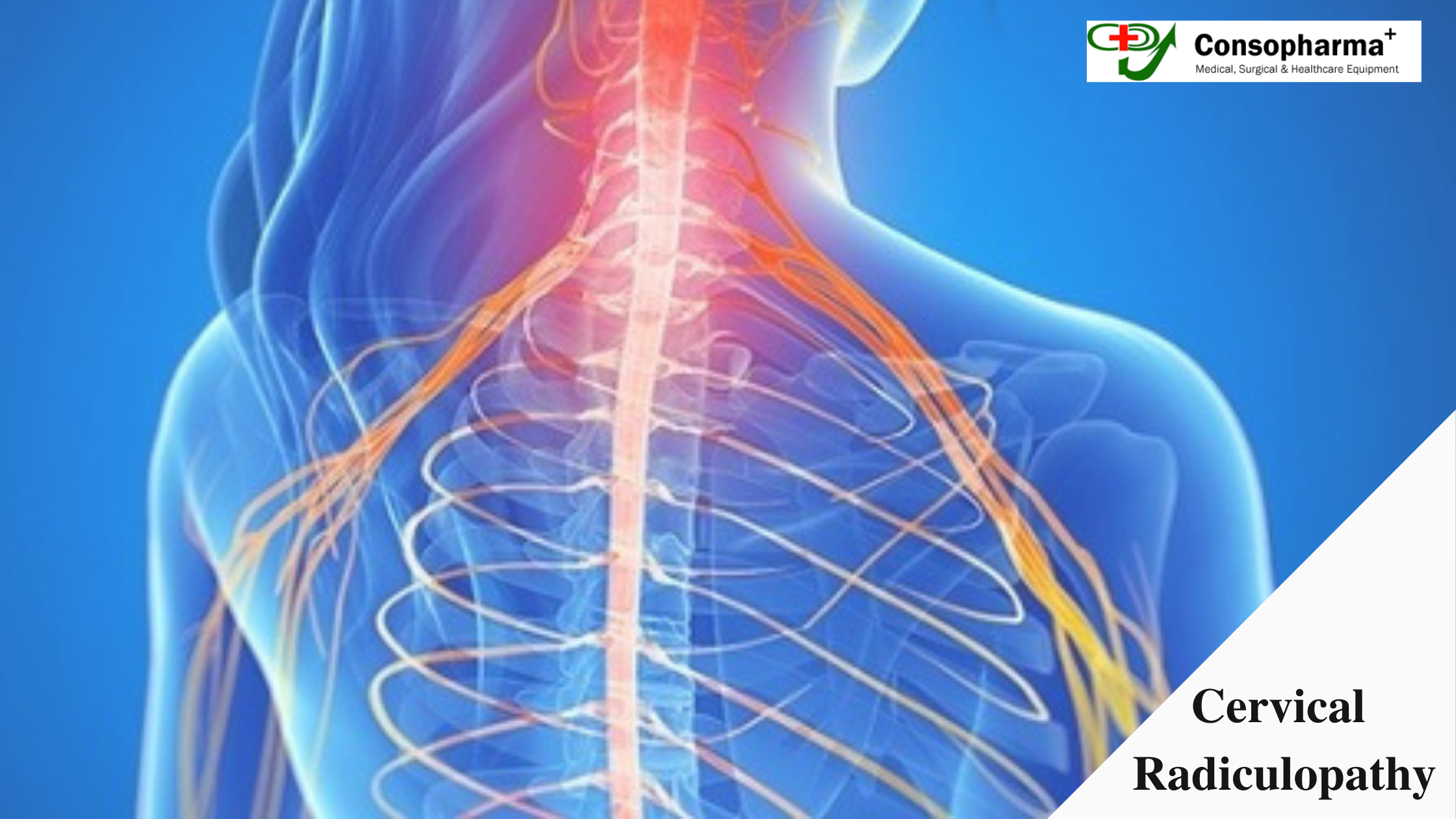Do Titanium Plates & Screws Need to be Removed From The Bone After a Fracture Has Mended?

Traditionally, casts and splints were used for treating fractured bones. This was an external fixation method to treat a fracture. There were several problems of using this method which resulted in non-union or malunion of the broken bones.
To overcome these shortcomings, surgeons devised internal fixation methods. These methods use surgical procedures to treat broken bones. It has become a common thing nowadays to use metal fixtures inside the bones to join them. These internal fixtures are also used to support and stabilize the broken surfaces or joints. Some of the most commonly used instruments are titanium plate for bone fracture, nails, titanium bone screws, and rods.
Using metal plates and screws has its advantages. They not only stabilize the joint but also quickens the healing process. The final results achieved using internal fixtures are way better than those obtained through the use of external fixtures. One of the main roles of hardware like plates, screws, and rods is to stabilize the injured part and hold the broken bones in the correct position.
For ordinary people, it takes around six weeks to heal any injury in the upper limbs and about 12 weeks to heal any damage of the lower limbs. While this is the average healing time, sometimes, it can take longer than this depending on the injury.
Once the bones are healed, the work of implants is completed. The titanium bone screws then need to be removed as they are no longer required.
But recent surgeries have established that it is not always necessary to remove the implants and hardware. Over time, surgeons have realized that removing the device once the injury is healed can cause some complications over the long term. Removal of device can cause some severe injuries like damage to nerves or nearby tissues. Any nerve injury can be worse than the original bone fracture.
Also, it was observed that even when the hardware was left inside the bone, it didn’t cause any harm to the human body. Instead, it was found safe not to remove the equipment. Therefore, surgeons began resorting to not removing the titanium plate for bone fracture even when the injury has healed. In some people, the presence of hardware can lead to irritation in the surrounding tissues and cause discomfort. However, the presence of the device is not the sole reason for discomfort. Your surgeon should remove the hardware only when he is sure of the fact that the pain is being caused by hardware.
It is also a common practice to remove the hardware in children and teenagers. If you are an active athlete, your doctor will remove the metal hardware once the injury has healed. This is because regular physical activity can cause more fractures. When you are getting yourself treated, make sure that the hardware is being sourced from trusted ortho bone screw suppliers.
It is always preferable to consult your doctor before deciding on anything regarding the removal of metal hardware




